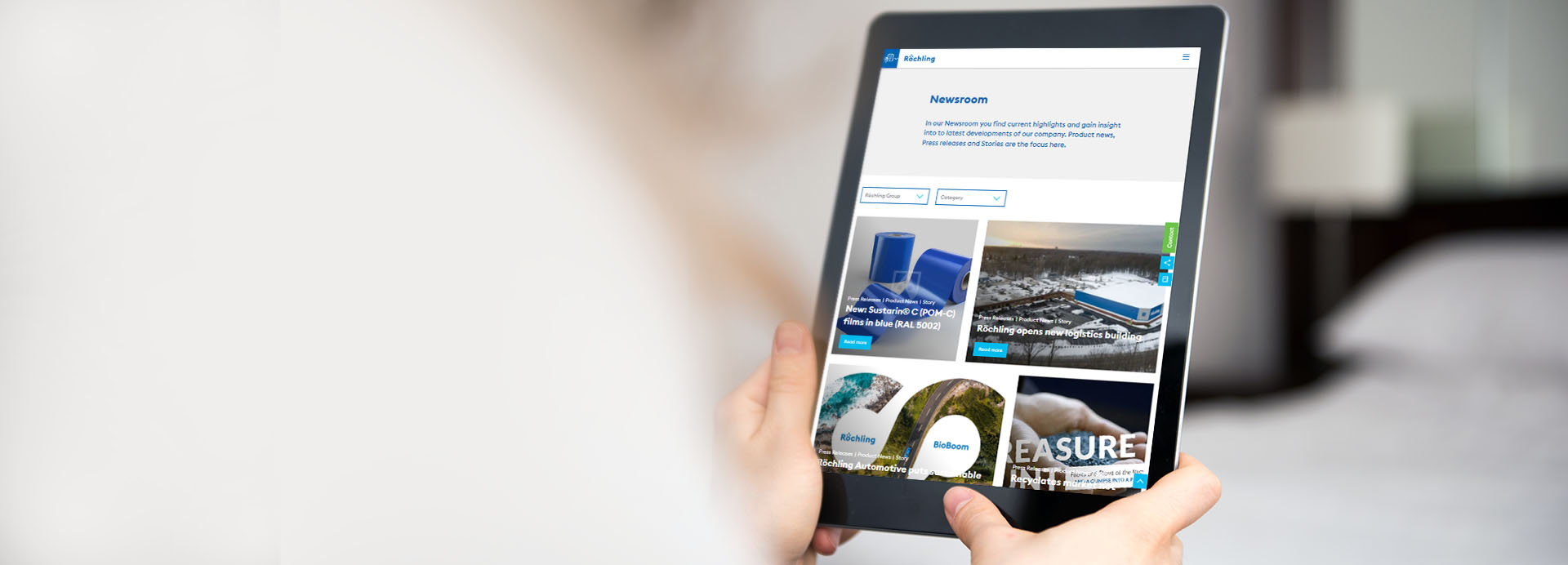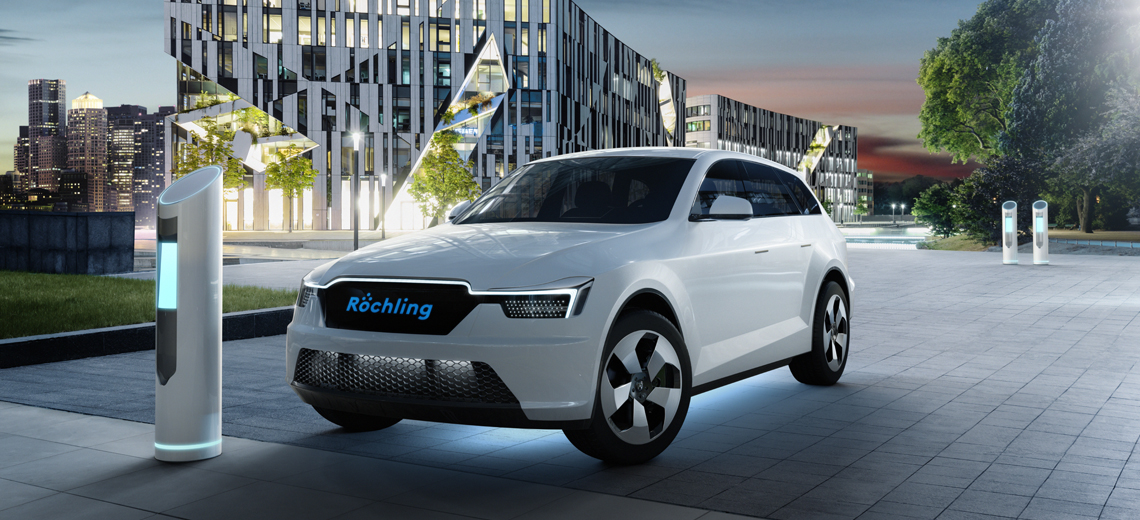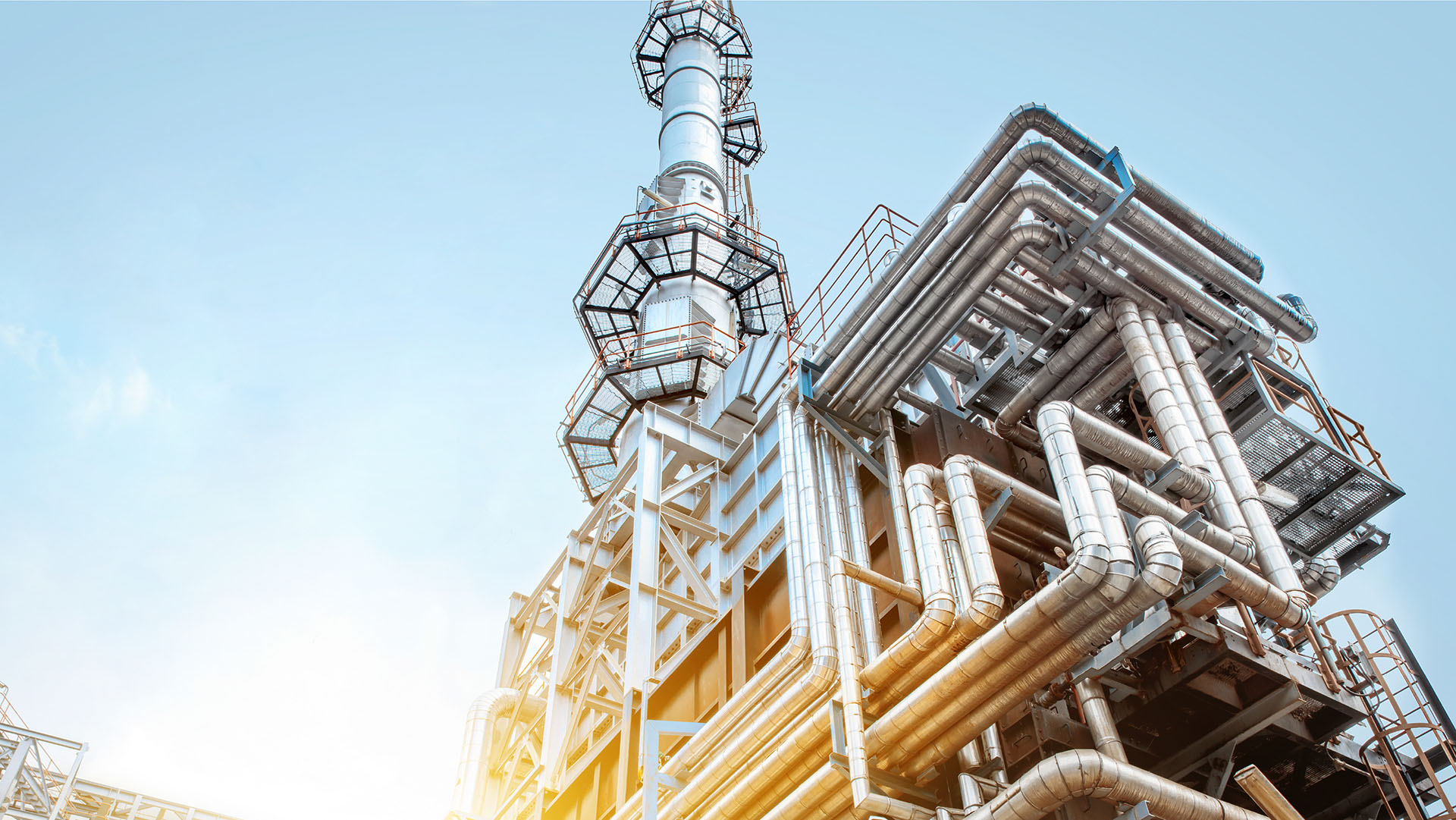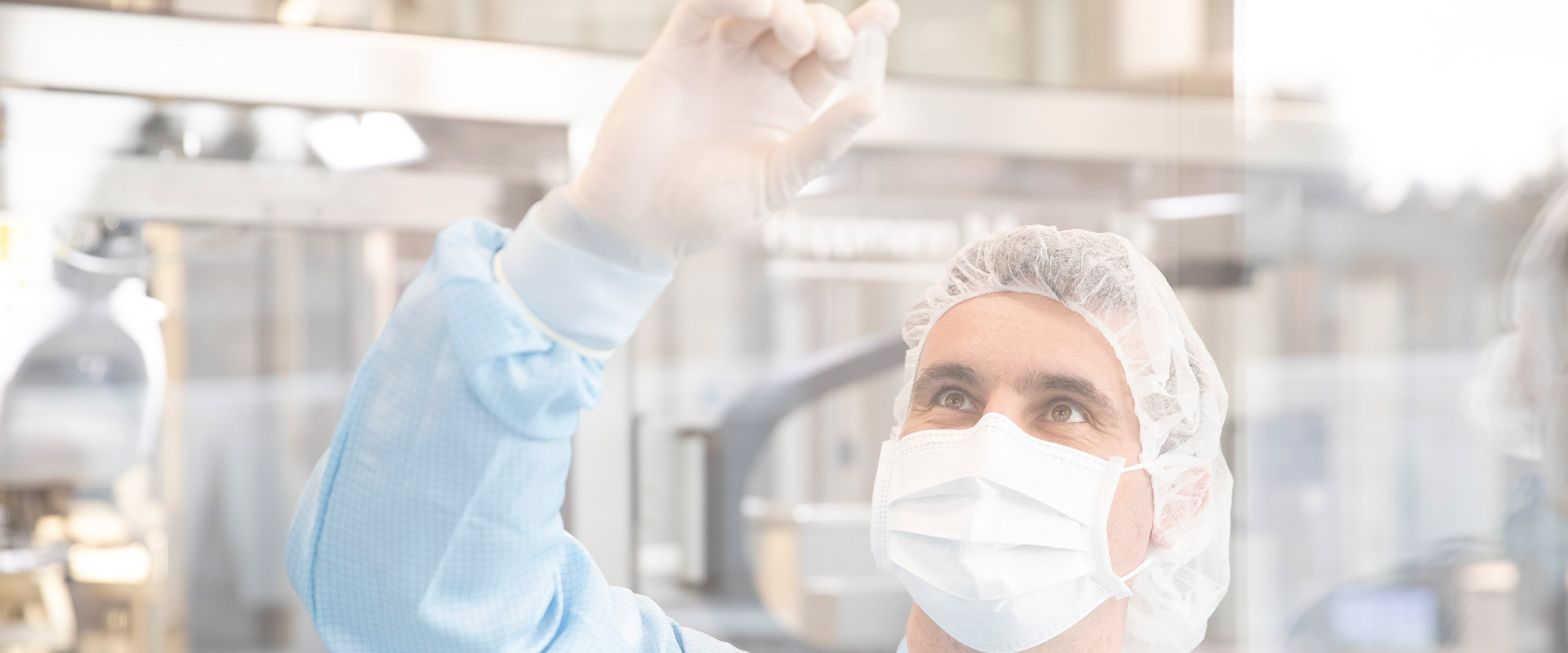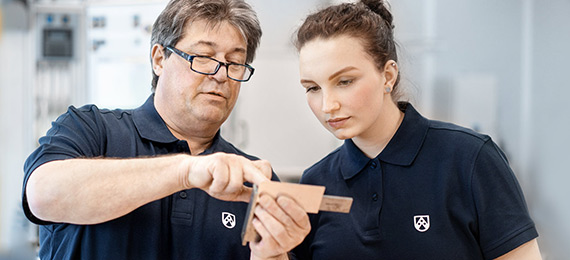Freshly caught saltwater fish far from the coast
Fully automated fish farming system with Polystone® G
Eastern Atlantic, Mediterranean, Black Sea – these waters are home to the Dicentrarchus labrax. The European seabass is found at water depths between ten and 100 meters. It takes courage and skill to rear this popular edible fish inland. A young start-up company has been putting their plan to do into action and is using Polystone® G blue to build its compact aquaculture facility.
7,000 young European seabass, also known as branzino, swim cheerfully around a man-sized plastic tank, which is housed in three decommissioned, recycled, and interconnected shipping containers. Startup company Seawater Cubes came up with the idea for this compact aquaculture facility. The plastic cladding of the tanks was provided by Röchling.
Seawater Cube is the first compact, standardized, and fully automated fish farm. This farm allows saltwater fish to be reared a long way from the ocean. A closed-loop system guarantees the highest water quality and a modern LED light system ensures optimum lighting. Species-appropriate, reliable, and location-independent saltwater fish breeding is the result. “The idea originated while we were conducting research in the aquaculture laboratory at the Saarland University of Applied Sciences,” explains mechanical engineer Christian Steinbach, who is one of the founders of Seawater Cubes GmbH together with electrical engineer Kai Wagner and marketing and sales specialist Carolin Ackermann. Their objective was to rear fish in the best possible living conditions and in a way that would preserve resources. This would then ensure that breeding is stable and sustainable.

"After we had researched the possibility of using plastic, we quickly found Röchling"
Kai Wagner, Seawater Cubes GmbH
From Steel to Plastic
Chemical analytics, flow simulation, biotechnology, innovation, controlling – these are just a few of the issues that the team had to overcome. Ackermann, Steinbach, and Wagner acquired more and more knowledge through training and coaching courses. The development and construction of the water tank was particularly time-consuming and challenging. The two engineers originally planned to use steel for this central element of the facility. Then it became clear that plastic would be a far superior material for this purpose. The benefits range from the material’s corrosion resistance against saltwater to it being significantly easier to cut. The blue color is the icing on the cake as it is perfect for the Seawater Cube brand – and is a real advantage in terms of marketing activities.
“After we had researched the possibility of using plastic, we quickly found Röchling,” says Wagner. And because Röchling has extensive expertise in the areas of tank construction and fish farming, the two sides quickly joined forces. “Röchling understood what we needed,” says Steinbach.
High level of cleanliness and corrosion resistance
The tanks including the edging are made of Polystone® G blue, a polyethylene with a high density. It has a high level of cleanliness and corrosion resistance, is used in tank construction around the world, and is approved for contact with food – nothing from the material migrates into the environment. Polystone® P is used in the filter systems. The PP material is highly durable and resistant to substances including lime, which is used to stabilize the pH value of the water.
It has established contact with potential customers. Among them are many farmers who want to expand their businesses. For them, dealing with animals is nothing new, they understand the responsibility involved and know what it means to be available 24 hours a day, 365 days a year – even if the automated solutions in the Seawater Cube do almost all the work. Marketing to the food retailing or catering industry is also a possibility.
"Röchling understood what we needed."
Christian Stainbach, Seawater Cubes GmbH
How the Seawater Cube works
The aquaculture facility is housed in three interconnected shipping containers and this separates it from the external environment. The weather, microplastics, heavy metals, waste, and pathogens are not an issue for the Seawater Cube. A hygiene barrier further increases production reliability. Up to seven metric tons of saltwater fish can be produced every year on a floor area of 100 square meters.
The Seawater Cube functions as a closed-loop system: the water – potable water with added salt to equate to sea water – is continuously circulated and purified using state-of-the-art filter technology. The founders have filed patent applications for several of the filter components and have coupled them with tried-and-tested single components from aquaculture technology. The main challenge is to ensure perfect interaction between all filters so that the water meets the high demands for fish breeding. The facility also automatically adjusts to the lighting conditions in the animal’s natural environment and to their day-andnight rhythm. Sunrise and sunset are simulated using artificial LED lighting.
The prototype is suitable for rearing gilt-head bream as well as European seabass. It will also be possible to accommodate other breeds of fish in the future, such as kingfish and black tiger prawns. The maximum stocking density of European seabass and gilt-head bream in aquaculture is 100 kilograms of fish per cubic meter of water – according to the specifications of the start-up team, the Seawater Cube is designed to hold a maximum of 65 kilograms to ensure sustainable and humane rearing. The fish are bought from a breeder as “young stock” at around two months old, and they are placed in the first section of the tank. The fish stay here for four months and they are fed organically and reared without the use of any medication. When each fish has reached a weight of approximately 50 grams, they are carefully moved into the second section of the tank using a net. Here they continue to grow for another four months until they weigh 150 grams. It will then take another four months until the fish are ready for the market. They now weigh between 350 and 400 grams. In the third tank, they are removed from the water with a net, stunned, slaughtered, and then distributed fresh on ice.
The automated solution means that the tank operator only needs to spend an average of 1.5 hours a day working in the facility. The facility is connected to the cloud of Seawater Cubes GmbH. As a result, process and production data is constantly available in real time. Providing the customer with everything they need from a single source was also part of the startup’s idea. From delivery and commissioning of the facility, to delivery of the fish seeds and the feed, and finally remote monitoring and support in relation to sales and marketing.

Contact
We would be happy to inform you about our Polystone® G in greater detail.
